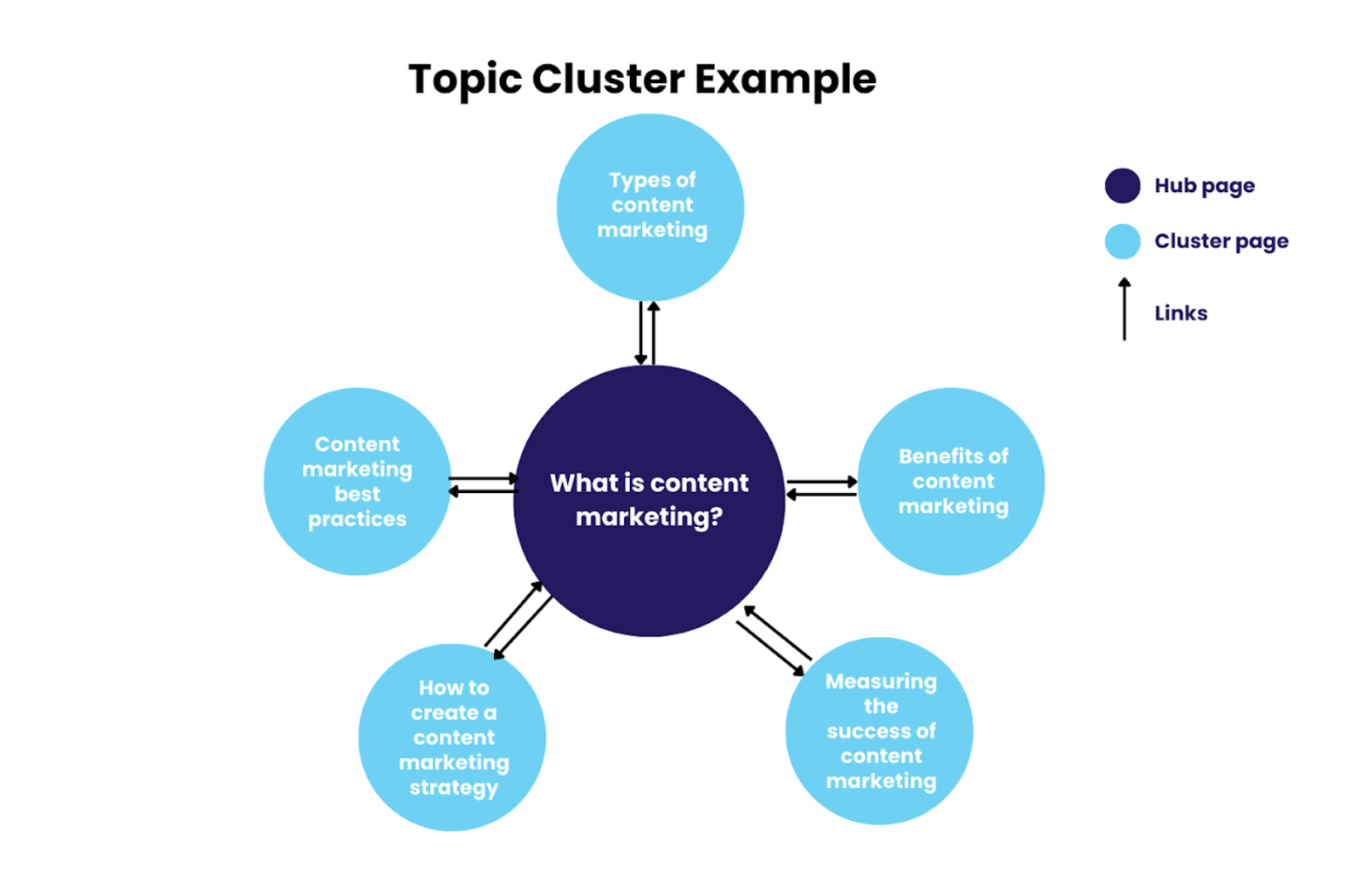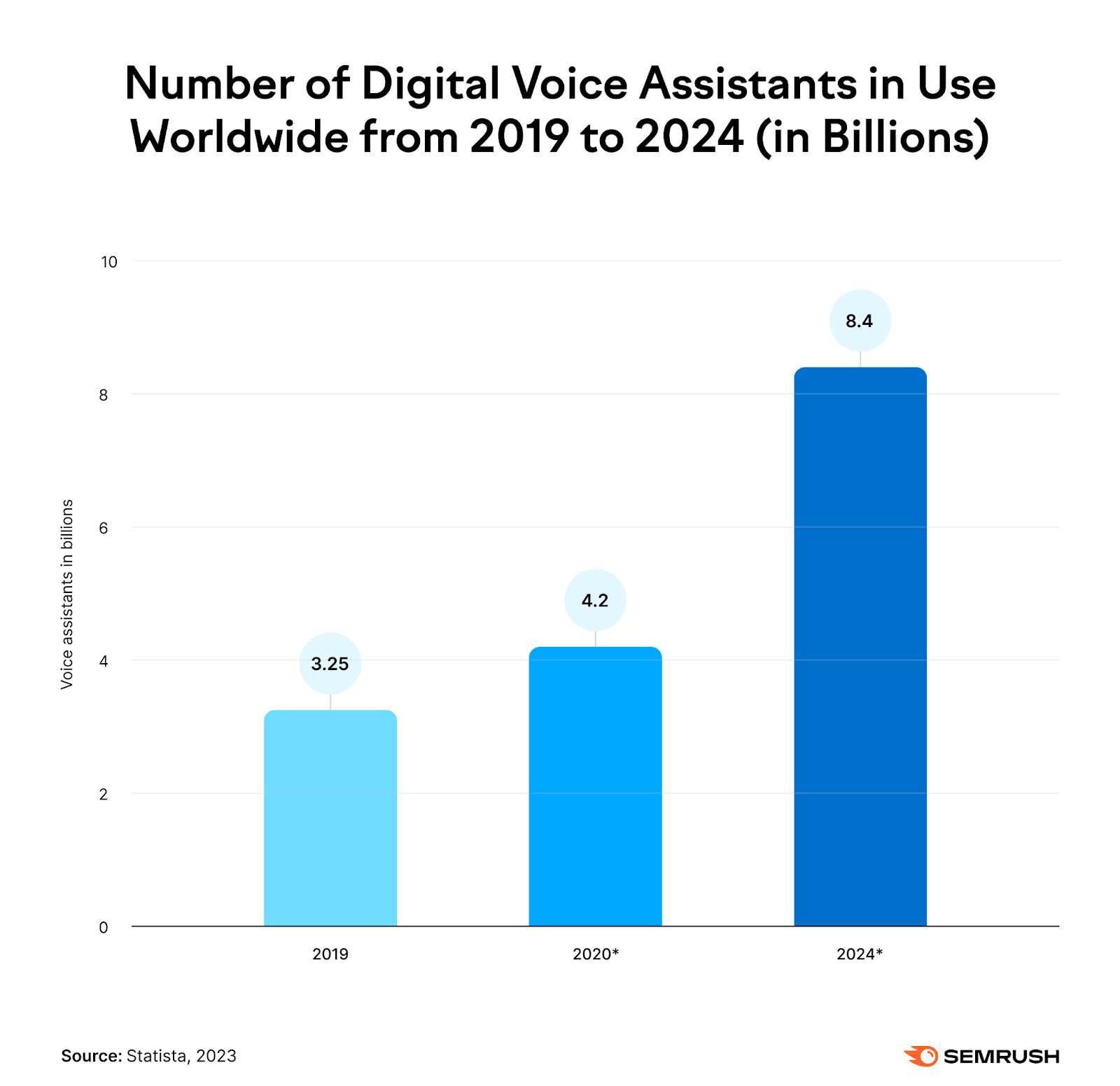The effectiveness of your SEO strategy ultimately boils down to how well it improves search rankings and organic traffic.
However, search engines constantly evolve their algorithms, impacting your traffic, performance, and where you land in the SERPs.
While it might be impossible to accurately predict how these algorithm changes will impact your traffic and rankings, you’ll still need to deliver on client expectations.
To do that, it’s time to adopt some modern SEO strategies that help you keep up with the changes. Here are 11 suggestions for strategies you should be using to make the best of the resources at your disposal and prevent losing rankings and traffic to your competitors.
1. Give users what they want
Search intent and context are the drivers of every search query on search engines.
The content that searchers choose to click through from the results they get will always be the one that fulfills their search intent.
To make it more likely that searchers will click on your content in search results, it needs to give them what they are looking for by:
- Showing them how to solve a problem they have
- Providing information they need
- Answering their questions
To give users what they want, make sure your keyword strategy is aligned with search intent. Start by identifying relevant keyword phrases with low competition, then create content that addresses searchers’ queries directly.
For example, a searcher looking for an RV rental might have specific questions about different types of RV rentals.
Instead of only targeting “RV rentals,” Cruise America goes a step further to target the long-tail keyword “long-term RV rentals.”
It helps answer questions that searchers have about RV rentals and still ranks high on SERPs:

2. Optimize for algorithms
Google’s E-E-A-T and RankBrain prioritize and rank relevant content based on what they think searchers really want to know.
The E-E-A-T framework improves a searcher’s experience by delivering search results, and demonstrating experience, expertise, authority, and trustworthiness.
On the other hand, RankBrain uses machine learning to analyze search queries and user behavior to provide relevant search results.
In addition to publishing well-written and relevant content with expert insights, optimize your content for E-E-A-T by adding unique points of view.
For instance, how did you solve a problem your readers are dealing with? Here’s an example of Liligo walking readers through its strategy for targeting a new market.
To optimize your content for Google RankBrain, target specific keywords in your niche and create content that satisfies search intent.
Niche keywords help you target your ideal customers with precision. Also, by narrowing down, you avoid spending resources trying to compete with established brands for clicks and traffic from high-volume keywords.
3. Maximize your SERP exposure
When searchers type their queries into search engines, they’re more likely to click on prominent search results because they provide the information searchers need.
You’ll need to improve your visibility in search results to maximize your SERP exposure. How? By implementing schema markups and structured data to give search engines more information about your content.
Schema markups allow you to highlight key information, such as:
- Customer reviews
- Product details
- Ratings
- Events

The structured data makes your content eligible for rich snippets or to be included in Google’s Knowledge Graph. Rich results, generally more visually dynamic, are more appealing and promote clicks. Additionally, structured data helps users easily find the information they need in search results.
They can also assess the relevance and usefulness of your content, making it easier to set the correct internal expectations about what to find in your content.
They won’t be disappointed and bounce off when they click through to read it.
4. Show web crawlers exactly where to go
Web crawling and indexing help Google organize content to make it available to searchers.
If your website isn’t appearing in search results, it could be because Google hasn’t crawled it yet. A few reasons for this could include:
- Poor site navigation that prevents robots from crawling effectively
- You’ve got directives that block search engine crawlers
Fix this by using a robots.txt file to instruct crawlers on which pages to crawl and which to ignore. After that, create an XML sitemap to help crawlers find and index your site’s pages efficiently.
5. Find and fix SEO issues
Whenever you notice a significant drop in your search engine rankings or amount of organic traffic, it’s time to conduct an SEO audit.
You’ll identify the underlying issues that are behind a decline in performance.
Through an SEO audit, you’ll uncover technical issues like keyword cannibalization, which is when multiple web pages target the same keywords and intent.
Keyword cannibalization leads to unnecessary competition for search engine rankings between these pages, which reduces your website’s ability to rank effectively for targeted keywords.
Fix keyword cannibalization by merging these web pages into a single guide and then redirecting the old URLs to the new one you publish.
[Case Study] Find and fix indexing issues
Your SEO audit might also reveal site architecture and internal linking issues that you can turn into an opportunity to improve your overall site architecture.
When improving your internal linking, use descriptive anchor text that helps search engine crawlers establish the relevance and context of linked pages.
For example, a pillar page will link to related content or content clusters, and those clusters will link to each other when relevant.

Source: Oncrawl
When you interlink your content like this, you’re able to guide your readers to relevant content assets within your website, reducing bounce rates and improving conversions.
Don’t forget to compare your website’s performance to your competitors. The goal is to gain insights into your competitors’ strategies and identify SEO gaps.
6. Optimize for social sharing
Optimizing your content for social sharing not only increases its visibility and engagement on social media but also amplifies your SEO efforts.
For example, when the content you publish receives massive engagement on social media, it can:
- Increase the likelihood of getting backlinks from reputable websites
- Drive traffic to your website
- Boost brand awareness
Optimizing content for social sharing starts with carefully selecting topics that resonate with your target audience and drive conversations within your niche.
Thought leadership content easily captures the attention and emotions of your target audience, and it could either be:
- A personal story
- A controversial take on something going on in your industry
- Pointing out a best practice that’s out of date, and sharing a new way forward
When creating content, incorporate relevant visuals that’ll make it easier to distribute it on relevant social media channels.
You can create high-quality images, videos, or custom graphics. It makes it easier for social media users to understand it without having to leave the social media platform they’re on.
For example, Hightouch has optimized their composable CDP articles for sharing on social networks by creating custom visuals to improve the reach of their content:
7. Focus on user experience (UX)
Page load times, accessibility, personalization, navigation, and content quality remain integral components of a great user experience.
However, the user experience goes beyond these elements.
The authentication process, a gateway to a secure and personalized user journey, is the foundation of trust.
And user trust is the cornerstone of online success. Search engines increasingly factor it into their algorithms.
Standards like OIDC, for instance, can elevate the authentication process, ensuring robust security and a seamless user experience.
In an era where online security breaches make headlines, implementing OIDC safeguards user data and reinforces your website’s credibility. Search engines reward secure websites, making OIDC a silent SEO booster.
Beyond security, the OIDC framework offers a versatile solution for crafting SEO-friendly user authentication experiences.
By simplifying the login process, you reduce friction and ensure a swift journey from arrival to conversion.
Websites prioritizing this process can significantly improve their bounce rates and dwell times — metrics closely monitored by search engines.
8. Optimize for voice search
In 2024, optimizing your content for voice search isn’t just a good idea — it’s essential.
We rarely speak the way we type, so when searchers head over to a search engine, they often include shorter and more specific terms in their search.
Voice search includes full sentences with natural words, so optimizing for it requires you to use longtail, conversational keywords.
That’s where using a text-to-voice tool like LOVO can come in handy. It can streamline your content creation process by turning scripts or plain text content (read: social media videos or podcasts) into voiceovers. This makes optimization for voice search easier.
You can focus on the following to ensure your content is primed for voice search:
- Focus on conversational (longtail) keywords
- Improve website loading speed
- Optimize for local searches
- Create FAQ pages
Adapting to these strategies works overtime to boost your visibility in voice search results and also improve your overall SEO.
9. Build more relevant links
Earning backlinks from trustworthy and authoritative websites increases your website authority, improves search engine rankings, and enhances your online visibility.
Building a diverse portfolio of relevant links from various authoritative sources helps create a natural link profile when looking to earn backlinks.
You can do this by guest-posting and earning links from different thematically related websites, including top-tier publications.
A natural link profile is also less likely to trigger penalties from search engines and can withstand unpredictable algorithm updates.
10. Integrate semantic keywords
Search engines are more and more on a mission to provide search results that align with user intent. Semantic SEO helps search engines do that.
Semantic SEO relies on semantic keywords, which are related to a topic or theme in content, creating the context search engines need to decide which topics are related to others.
Not every semantic keyword is an exact match for the primary keyword, but they’re usually related in meaning and context. They’re not synonyms but are related. In the example below, you’ll see semantic keywords related to the primary keyword, “cold brew coffee.”

Source: Backlinko
Consider creating content around relevant themes and topics in your niche instead of keyword-based content.
Implement structured data markup, such as schema.org, to help crawlers gain more context about your content, helping them understand the entities that you’ve mentioned in your content.
11. Create evergreen content to reach new audiences season after season
Audit, update, and republish existing content. Contet audits help to keep your library of resources up to date, and in turn, improve your SERP rankings. Since content can quickly become outdated, it loses its relevance and effectiveness in SEO.
A prime strategy to stay ahead is to audit, update, and republish existing content, ensuring it remains valuable and engaging for your audience.
To conduct a thorough audit, think about the following questions:
- What kind of content is ranking well, and in what formats is it?
- How valuable is it? How’s your audience finding this content?
- Is it accurate and helpful to your audience?
- How has it performed?
Take, for example, Oncrawl’s Technical SEO for non-technical thinkers. It’s a perfect example of evergreen content.
It’s a resource every SEO professional needs, and Oncrawl can simply update it regularly to keep it relevant and helpful for users. As an added bonus, they even include a free guide on how to perform an SEO audit.
By revisiting and enhancing older content like this, you not only boost its search engine rankings but also provide your audience with the most current and useful information.
Content updates involve integrating new keywords, addressing emerging industry trends, and refining the user experience for better engagement. Such updates signal to search engines that your site maintains its relevance and authority.
Final thoughts
While putting your SEO plan into action, external elements are inevitable and you should build that into your client’s expectations management.
However, backing up your efforts with the above-mentioned SEO strategies increases the likelihood of coming out relatively unscathed after the tough algorithm updates.
Be sure to continuously monitor your site so you can stay on top of any drops in traffic or other unwanted changes.




